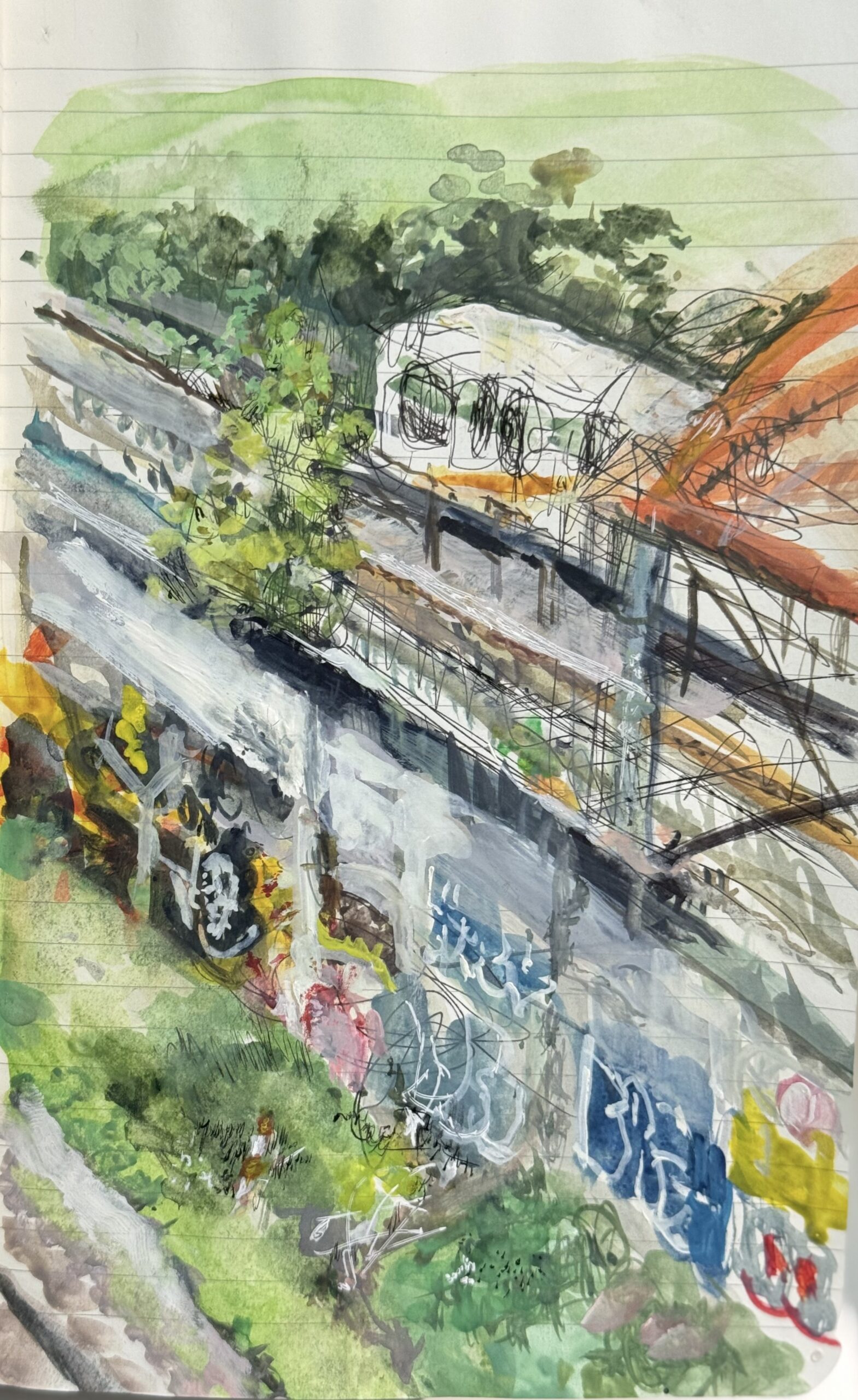
Vancouver painter Chris Charlebois wrote in with a response to Optimistic Pursuits’ recently posted The Pleasures of Art by David Hockney. Below is his thoughtful reply:
Right now I have on order Search for the Real by Hans Hofmann. Don Jarvis studied under him and I had Don as an instructor at the old VSA (Vancouver School of Art, now Emily Carr University of Art and Design). In my own painting experience half the time it is a real battle and a fight, quite the opposite of play. But in all that I do it seems that there are these constant opposites that are present. Up-down, in-out, light-dark, straight-curved, push-pull, you get the idea. Push-pull was Hofmann’s famous quote. It is a real ying-yang kind of thing. And now there is another; work-play.
This little bit of teaching I do is rewarding as it causes me to think about what I am actually telling these people. On one occasion I suggested to someone to use a certain colour and ‘dance’ all over the canvas with it. I guess that playing is also what I meant by that. Another thought on the suggestion of ‘serious’ play is the comparison to sports where a person can get in the zone, you probably have been in that place in the middle of a painting session. So to me it is very interesting and a bit confusing to watch how these opposites can change, become heightened, then obscured and sometimes kind of meld into each other.
But thanks for prompting me to think a little.
happy painting,
chris
